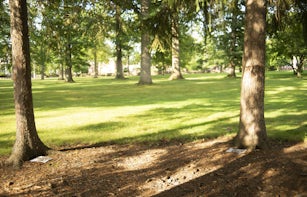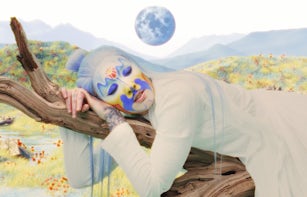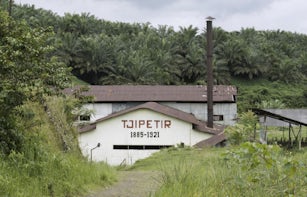‘A Test Tube’ of New Art: Naiqua and the Rental Gallery System in 1960s Japan

Reiko Tomii traces the legacy of the rental gallery system, which offered autonomy and support to artists in 1960s Japan. In recent years, the idea of multiple modernisms has been increasingly accepted in world art history. The multiplicity of modernism means that each modernism has its own origins and paths of development, at once informed by local situations and transnational or global encounters. In deciphering a given modernism, caution must be taken against the facile assumptions of universality, since ‘universal’ is frequently a tacit assimilation of ‘Euro-American’. Those locally situated practices constitute ‘landmines’, of a sort, which are not few in studying 1960s art in Japan.



